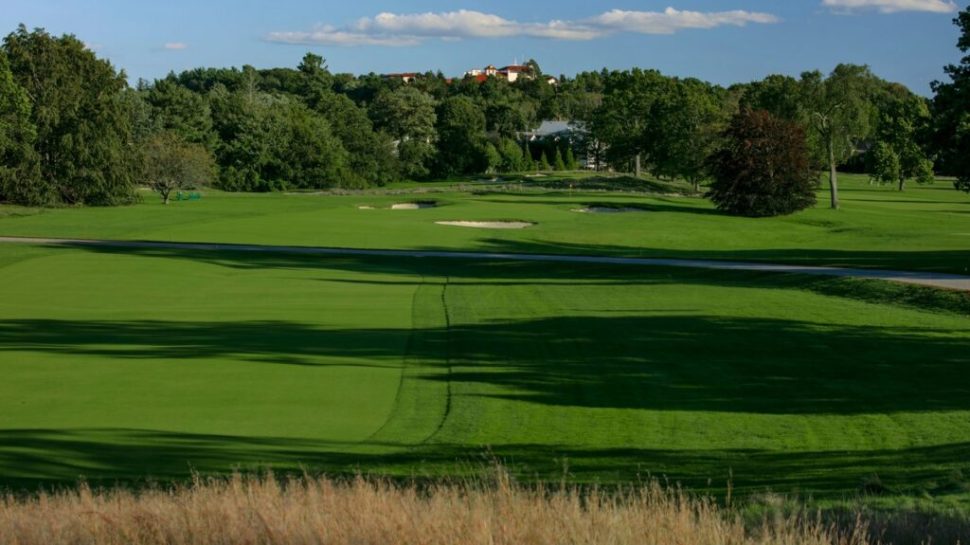
Estimated reading time: 18 minutes
Part 1
Is the USGA too caught up in defending par to the point the host sites are pushed to limits which results, to paraphrase former USGA President Frank “Sandy” Tatum, in an outcome that fails to identify the best players and only serves to embarrass them?
Ron Forse: For many years I have believed the setup for the US Open did not identify the best golfer. It tended to show the golfer driving it straight and had a hot putter. Worrying about par to me seems futile it makes people forget what’s important. They freaked at Oakmont with Johnny Miller’s 63 — forgetting the factor of overnight rain. I don’t believe they are trying to embarrass anyone though.
James Cervone: It is what everyone expects at a U.S. Open — including the players and those of us watching them.
Robert McNeil: Sometimes. In the past the USGA has been quite aggressive with course set up, primarily fairway width, rough height and green speed — Shinnecock Hills, Olympic, Pinehurst — to present classic courses in a manner they were not meant to be played. This approach has thankfully evolved back toward the integration of true strategy with set-ups moving more toward shotmaking skills than the luck of a few.
Joel Weiman: I was lucky enough to be on the 7th hole at Shinnecock in 2004 listening to the spectator’s boos and “let them play” chants as the hoses were brought out between groups. I learned a lot that day – if we want to enjoy our nation’s historic courses at tournament venues we’ll always be teetering on the edge of unplayable because these layouts were built for a different era.
The USGA has largely struck that balance on our classic layouts since then, with just a few over-zealous hole locations being cut again at Shinnecock in 2018.
Mark Mungeam: I’m happy with how the USGA has changed the way it sets up the US Open course. For example, I like that the USGA no longer “narrows” all the fairways. In doing so they eliminated the strategic value of fairway bunkers and lost the architects use of angles. In the future, I’d like the USGA to be less concerned about course length and score and still utilize the classic courses from past opens. If that results in a winning score of 12 under, so be it, but I think it would take away the advantage the long hitters currently have. By continuously lengthening courses, the PGA Tour and USGA have made the short hitter who works the ball less successful.
Tom Marzolf: The identity of the U.S. Open has become the quest for the hardest test of the four majors. Overzealous set ups unfortunately created “over the line” outcomes too often in recent memory. Let’s hope new leadership at the USGA can steer clear of past sins. The course set up should never be the leader on the scoreboard.
In our world as golf architects we help premier clubs stay that way. In an unregulated sport where the drives continue to lengthen, the work to stay current is endless. The R&A and the USGA put themselves in charge of regulation of the equipment. Failed regulation has led to more tees, new bunkers at longer locations, more irrigation, more acreage mowed each day, more financial stress on clubs to keep up. It is time for someone else to regulate golf, because the present ruling body is unsustainable.

What letter grade do you give the USGA and R&A in reining in technology tied specifically to golf ball and golf club performance? Is golf at the highest level inexorably heading to 8,000-yard courses given the increased athleticism of the elite players?
Joel Weiman: I believe we should cut the ruling bodies a little slack here as this is such a complex issue with financial pressures coming from so many differing directions, so perhaps “incomplete” might be the most appropriate grade. But no, 8000-yard courses do not necessarily have to be our future – angles, angles, angles.
Mark Mungeam: I’d give them a D grade. I think they were caught off guard and then it was too late to do anything. The issue isn’t just the result of improved athleticism, its improved course maintenance, better technology in equipment including training apparatus, and the increased interest in long drive contests. It all has a trickle-down impact on the cost and availability of golf. I wish there was a ball in play that went about 80% of the current distance. Then 18-hole courses could fit on 100 acres, there would be less to maintain, less to water and there’d be fewer safety issues.
Tom Marzolf: F stands for fear. Failing to regulate equipment has led to unsustainable expansion of championship golf courses only! On the flipside — Major League Baseball has centerfields shorter today than when Babe Ruth played. Baseball stadiums can last thru time without endless renovation. Baseball is still is a great game, with a wooden bat. Golf used to have a wooden bat. If you allow a beta titanium driver with a flexing face — the ball goes farther.
James Cervone: I along with several other ASGCA members and associated industry professionals worked with the USGA on a Distance Insight Study. It is an A for effort in accepting the issue, but it is an ongoing struggle to determine the best way to implement guidelines or changes.
Especially when considering the best players in the world compared to the average or beginner golfers. It is a difficult subject that will continue to garner some thoughtful consideration on how best to deal with it. At this point, we’re already nearing the 8,000-yard golf course.
Robert McNeil: I believe this argument is highly overrated so my grade would be a “B”. Focus on developing well thought out strategy within landing areas and greens/green surrounds is the strongest defense against par and inherent in many of the classic designs utilized for Open venues such as Pinehurst #2, Pebble and Oakmont.
That said the commentary on golf ball technology and the bifurcation for competitive play is now at its highest level. I would not support this as golf is an individual sport, based on individual talent, preparation, and skill. It is the most difficult sport to master given the entirety of the swing coupled with environmental conditions dictating outcome. Those that are most prepared and overcome the challenges of the venue presented deserve victory. Winning at -22 or -2 is winning.
Not every football game ends 3-0, some teams are more talented and/or thrive in certain conditions. Some have quarterbacks that can throw harder, further — receivers running faster. Some courses are easier than others and it may or may not be predicated on length. Greens may be less undulating, fairways may be wider, less bunkering, less trees. So many factors come into play and the ball is just one factor — club technology, turf maintenance technology, player conditioning, and on and on. Where an 8,000-yard course is feasible, affordable and functional why not, but to force length onto an intentionally strategic layout just for the sake of length is unfounded. Let’s not get too far ahead and let’s focus technological advancements on helping the 99.9% of the golfing population that needs it.
Ron Forse: I have to say the letter grade is a ‘C’. The USGA does show concern but has found it hard to act. The essence of the issue is the ball itself. Recently talked to a club pro who used 20 year old irons and found the ball went just as far as his current equipment does, which is much longer than when he used them on the college team. With the athleticism, training and detailed science being utilized yes we do need 8000-yard courses. But the way to overcome that now is with short golf holes with great character, where strategy and decision-making result in a good score.
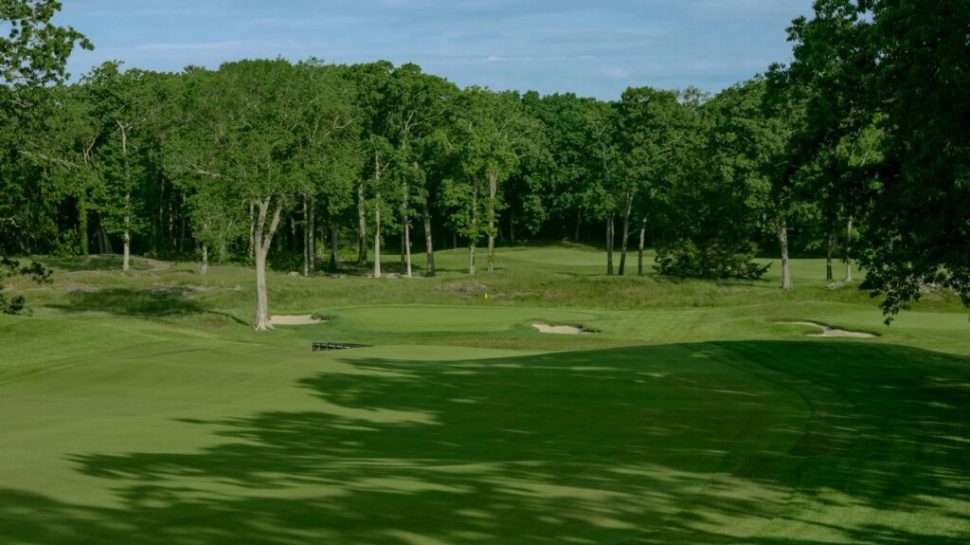
Among the four major championships – how would you rate them in order of consequence and stature and provide any brief reasoning with your reply.
Robert McNeil: U.S. Open – produces the nation’s championship
PGA Championship – a contest of those dedicated to the sport.
Masters – as an invitational is contested by the least, but the winner’s stature is certainly most recognizable by the masses. Augusta National also presents the golfing fandom with the most recognizable annual venue.
The Open Championship – international competition, coveted by most players as the oldest of the major championships.
Tom Marzolf: The Masters. A tradition like no other. The greatest brand in all of sport. The finest golf event of the year, by far. The benchmark.
The Open Championship. Great golf architecture on the best links land yields the “Champion Golfer of the Year.”
The U.S. Open. Important history from the leading nation in the free world. Perhaps the least favorite major test among the players in the past 20 years, since there is no say in the set up. Let’s hope for historical recovery.
The PGA Championship. PGA of America does an excellent job and this is always a well-run and excellent presentation of major championship golf.
Mark Mungeam: The Open is tops for me being the birthplace of golf and the oldest championship.
I rate the U.S. Open next being it’s our national title and “open” to anyone who qualifies.
The Masters is my third choice. I love that it starts the golf season and that it is played at the same course so everyone is familiar with every hole, but the very limited field holds it back for me.
That leaves the PGA Championship in the final slot.
James Cervone: I would rate the U.S. Open first as it is our national championship and typically the most demanding test.
I’m torn between the Masters and the Open Championship, but I will put the Open second because it is the oldest championship and the change in venues along with the differences necessary for playing those great courses.
The Masters, and finally the PGA Championship.
Joel Weiman: Consequence and stature provide two different yardsticks in my book.
Consequence (impact looking forward): Masters, The Open, U.S. Open, and then PGA
Stature (impact on the overall history of our game): The Open, Masters, U.S. Open, and then PGA
While I’m splitting hairs between The Open and Masters. The U.S. Open sits comfortably third in front of the PGA on both lists.
Ron Forse: The ranking of the majors to me is the Masters, The Open, U.S. Open and the PGA.
Very difficult though to make them a ranking in concrete.
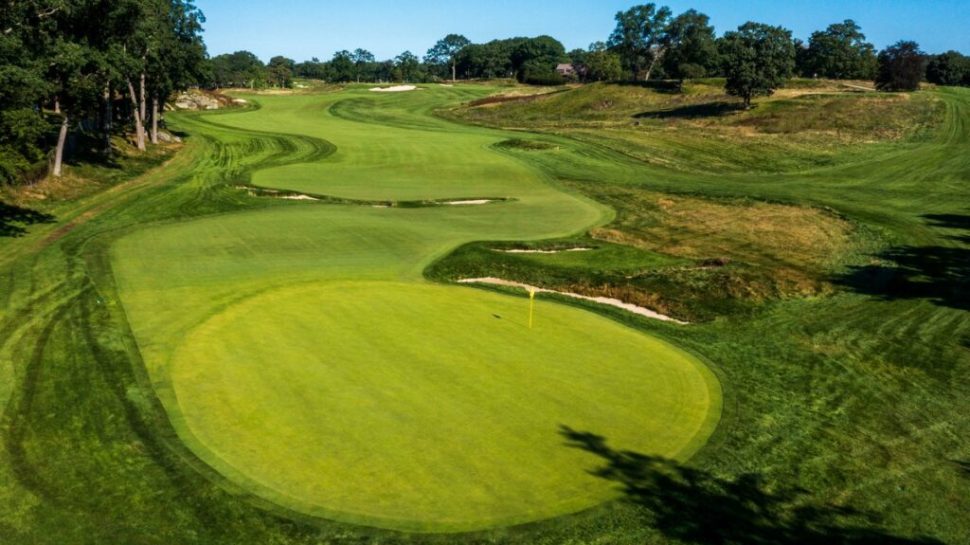
The USGA will use certain core courses for future U.S. Opens — most notably Pinehurst, Pebble Beach, Oakmont and likely Shinnecock Hills with other prominent clubs in the next tier with the likes of Merion and Oakland Hills respectively. What’s your take on this game plan — given past involvements of club with little to no pedigree?
Mark Mungeam: It’s hard to complain about that list of core courses. All are great venues. The effort needed to host an Open is huge, so going back to familiar places makes it easier. I just hope that they continue to include past venues, new courses and truly public courses (not just Pebble and Torrey Pines) in their venue selection.
Ron Forse: We like a narrower selection for the US Open rotation. It adds cache and an air of exclusivity and special pedigree, like The Open across the pond. Some tour players have said they would not mind the US Open being held at Oakmont every year. Overtime the rotation should be updated as many newer courses have the tremendous golfing qualities of the classics.
Tom Marzolf: The USGA has locked in the prominent venues well in advance, to protect the stature of this championship. A welcomed move short term, but a deviation from past history in moving around the nation. Some of these far-out dates may end up evolving to different venues. Time will tell.
James Cervone: Certain courses like Oakmont just seem tailor made for the event. Sadly, with the increased distances over the years, some courses are not long enough to challenge the elite players. I will say it is a treat seeing the event played at public access courses like Bethpage and others where anyone can play.
Joel Weiman: I enjoy repeatedly showcasing our “top tier” host sites and think it is great for our game because even the more casual golfer can become more familiar with each venue. The USGA conducts well over a dozen championships each year and most of these events are televised. We can all get our varied architecture fix that way.
Robert McNeil: The challenge and burden of hosting a US Open is not for the weary. The USGA has been quite diligent in contesting their championship on worthy venues capable of supporting the vast infrastructure necessary to execute the event.
I love when new venues worthy of this challenge and of providing a true test the competitors is chosen and promoted — this grows the game in many ways especially when public access venues are utilized — Erin Hills, Chambers Bay, etc. At $700 per round at Pebble Beach, I’ll leave it off the accessible list.
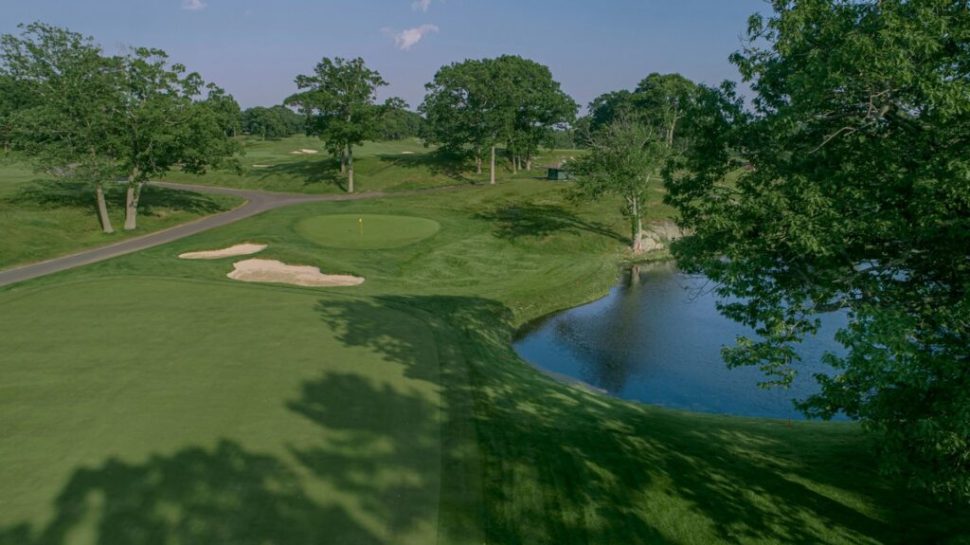
The USGA has a slot to fill for the ’28 Open. If you could recommend a course capable of hosting the event and having the architectural goods to do so — which one, would you select?
Mark Mungeam: I’d most like to see the Open at the National Golf Links of America. You can’t get any more traditional then that. It will never happen, but others I think would be great include Chicago Golf Club, Myopia Hunt Club and Newport Country Club. All have a tradition of hosting events and engaging design.
Joel Weiman: Living in suburban Maryland and within the D.C. suburbs, I’d love to see our national championship return to the nation’s capital region. I’ll leave it at that.
Robert McNeil: Pine Valley or The National Golf Links of America — too bad there’s nowhere to park.
James Cervone: Unfortunately, it’s not always about the golf course as the infrastructure and surrounding area must be considered based on such a major event. From a personal standpoint and based on what little I do know about the golf course –Pete Dye’s public access French Lick Resort in Indiana. I would consider it a nod to one of the most influential and “Dye-abolical” golf architects in history.
Ron Forse: The 2028 open slot might be well served in going to Riviera. However, with some updates retaining the essence of the design intent from George Thomas.
Tom Marzolf: Butler National Golf Club. The best and toughest course in Chicago for men’s championship golf.
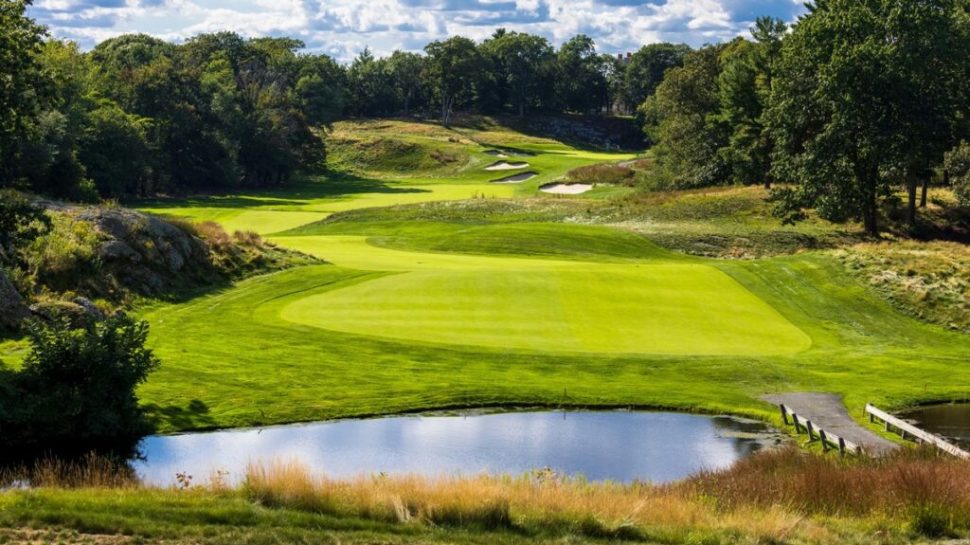
Best advice you can give to the USGA this year in setting up the golf course for America’s national championship.
Joel Weiman: I’ll focus my answer outside the ropes… lobster roll stands near every tee!
Tom Marzolf: The Country Club is a wonderful Club and a great venue. Every Open held here so far has had a playoff to crown a Champion. The place deserves a week free from controversy where the great play tells the story.
Ron Forse: In my humble opinion, the USGA should avoid the torturous slog that has characterized too many past championships. Don’t worry about par but be concerned with the best, most well-balanced test of golf, identifying the most complete golfer.
Robert McNeil: Daily variety / fairness — length, pinning, alignment. Capture the true essence of TCC through its natural character, the pudding rock, undulations and awesome green complexes. Embrace hole elasticity, corners of the greens, angles of play. short 4s and 3s.
Mark Mungeam: Let Director of Grounds Dave Johnson and his staff advise on cupping locations and watering. I walked The Country Club last week. This is such an awesome golf course. It will be a great championship.
James Cervone: Make it firm and fast without pushing the golf course past its limits and employ difficult but fair pin placements.
Images courtesy of the USGA
The Participants
Robert McNeil, ASGCA
Principal
The Northeast Golf Company/McNeil Design Collaborative
Saunderstown, Rhode Island
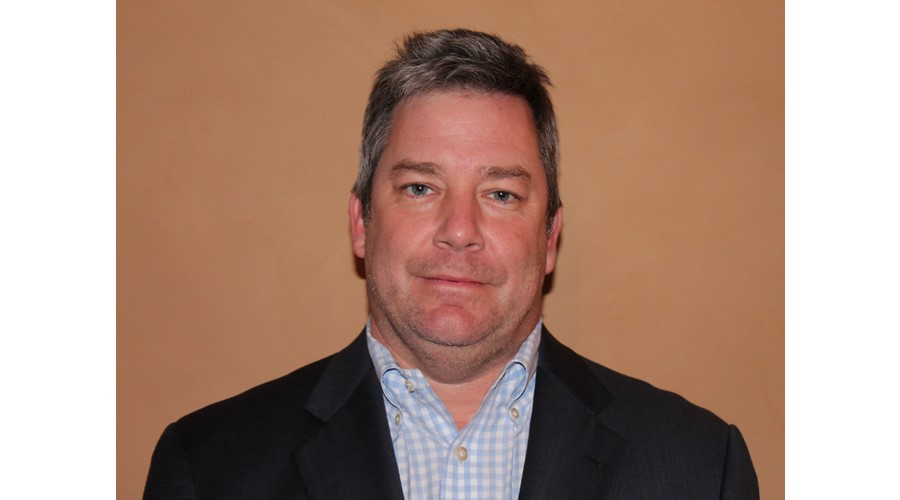
Holds a Bachelor’s Degree in Business Administration from Bryant University and a Master’s Degree in Landscape Architecture from Ohio State University. Since establishing The Northeast Golf Company in 1996, has provided more than 150 public, private, resort and municipal clients with a full scope of golf course design and development consultation services including award winning layouts at Mohegan Sun Golf Club (ASGCA Design Excellence Award/Top Resort Casino Courses in the Country), Club River Oaks in Sherman, CT (Best New Course, Northeast Golf Magazine), The Preserve at Boulder Hills (ASGCA Design Excellence Award) and Rockleigh Golf Course, Bergen County, NJ (Best Renovation in the Country by Golf Inc.) www.northeastgolfcompany.com
Ron Forse
Forse Design, Inc.
New Smyrna Beach, Florida
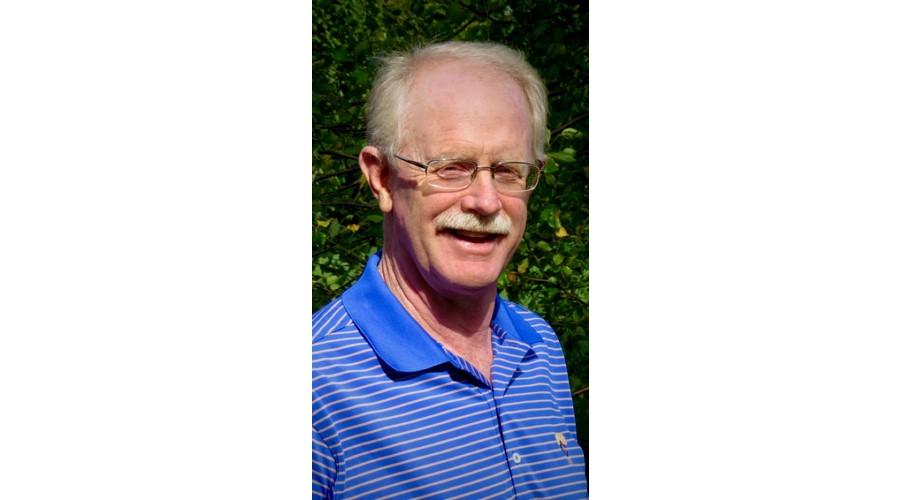
New and restoration work steeped in a knowledge of the Golden Age classics. Founded in 1989 working nationally and in Canada, with partner Jim Nagle most of those years. Recipients of two Golf Inc magazine “Renovation of the Year Awards.” Plans currently being developed at, among others, Vero Beach Country Club, Minnehaha in Sioux Falls South Dakota and Lehigh in eastern Pennsylvania. Current Construction happening at Pine Tree Golf Club, Florida. www.forsegolfdesign.com.
Thomas A. Marzolf, ASGCA
Senior Design Associate
Fazio Design
Hendersonville, North Carolina
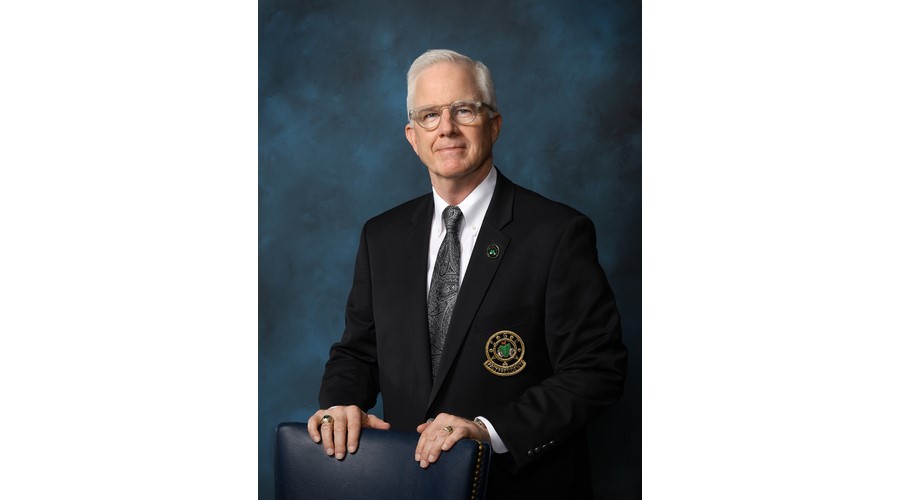
39-year ongoing career at Fazio Design. Past President of the ASGCA, 2005-2006. First golf architect to be a dual member of the EIGCA – member since 2017 – and ASGCA. Registered Landscape Architect( North Carolina ) and ASLA Member. Design Consultant for four US Opens ( 2006, 2007, 2013 and 2016); three U.S. Women’s Opens (2009, 2010, 2017); Two U.S. Senior Opens (2002 and 2022) and Ryder Cup 2027 at Adare Manor, Ireland. https://eigca.org. www.faziodesign.com.
Jim Cervone, Jr., ASGCA
Cervone Golf Design
Level Green, Pennsylvania
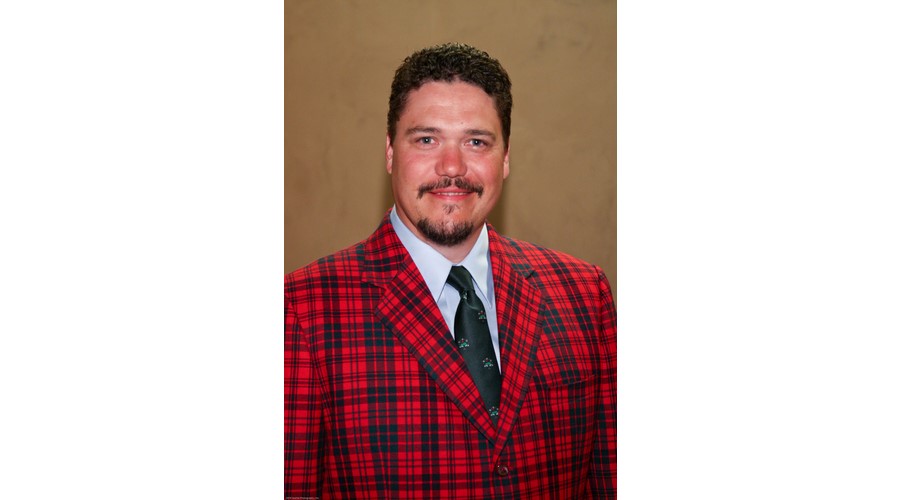
Began career in 1995, and based initially in the Washington, D.C. area. Fortunate to begin building his career during the golf boom of the late 1990’s. In 2003, he relocated back to his native Western Pennsylvania area to establish his own firm on the east side of Pittsburgh.
After several years of working abroad in the Caribbean and China, Jim has also served clients from Hamilton Golf and Country Club in Ontario, to the Crane Watch Club in Florida and many projects in between. Jim represented Ipswich CC in Massachusetts on rebuilding the greens, he recently completing the renovation of greens and bunkers at Sewickley Heights Golf Club near Pittsburgh, and is currently working on upcoming master plan improvements for Lake Shore CC in Erie. Jim has been fortunate to travel the world during his career, but really enjoys working in his beloved North Atlantic and Appalachian Region of the country. www.cervonegolfdesign.com.
Mark A. Mungeam, ASGCA
MUNGEAM GOLF DESIGN, Inc.
Douglas, Massachusetts
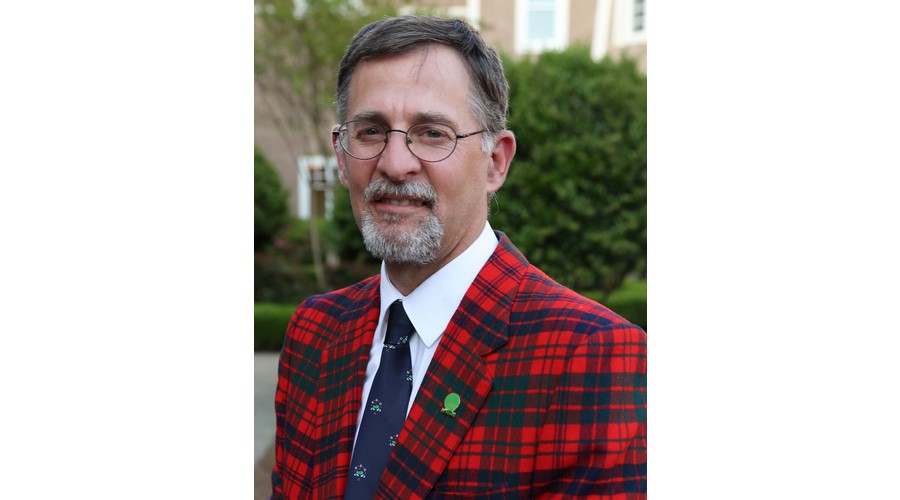
The owner of MUNGEAM GOLF DESIGN, Inc. Mungeam was the architect responsible for the renovation of Olympia Fields Country Club (North) in preparation for the 2003 U.S. Open and the 2015 U.S. Men’s Amateur Championships.
Current local projects include the restoration/renovation of both Donald Ross designed City of Boston courses (George Wright and Franklin Park); renovations Wellesley Country Club and development of a Master Plan for The Country Club’s neighbor, Brookline Golf Course. www.mcgolfdesign.com
Joel Weiman, ASGCA
Senior Designer
McDonald Design Group
Jessup, Maryland
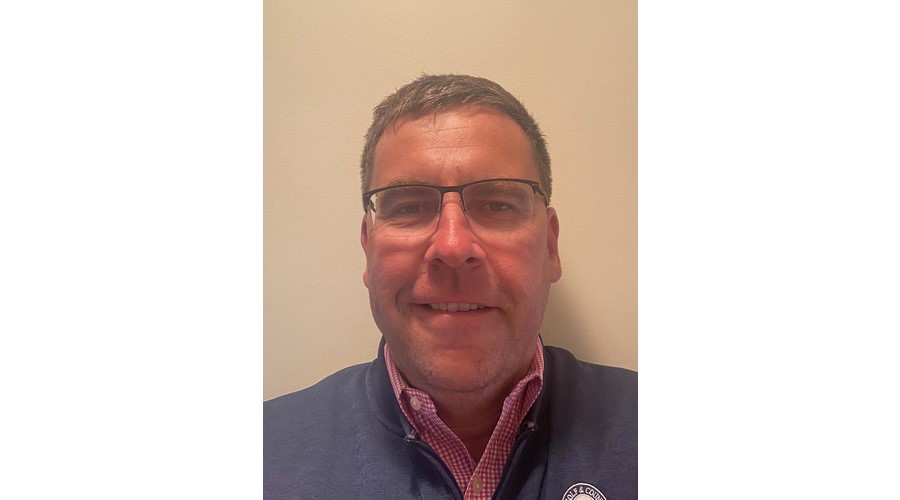
A member of the American Society of Golf Course Architects and he has led the McDonald Design Group team for the past 24 years. McDonald Design specializes in detailed golf course master planning services and the subsequent hands-on implementation of their design/build improvement programs. www.McDonaldGolfInc.com
